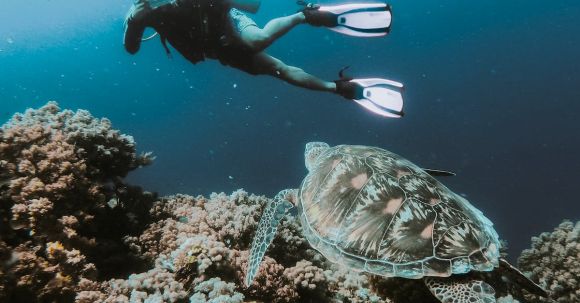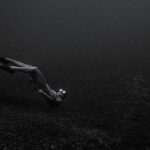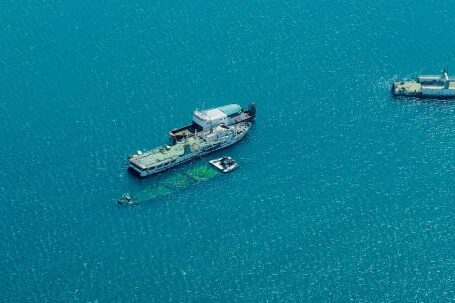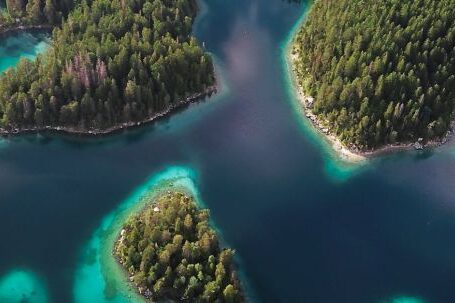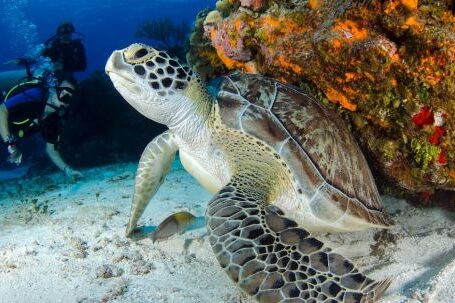Underwater photography has become increasingly popular in recent years, allowing us to capture the enchanting beauty that lies beneath the surface. However, capturing stunning underwater photos can be a challenge due to factors such as lighting, water clarity, and the unpredictability of marine life. This is why editing plays a crucial role in transforming ordinary snapshots into breathtaking masterpieces. In this article, we will explore various editing techniques that can enhance your underwater photos and bring out their true potential.
Adjusting Exposure and Contrast
One of the most important aspects of editing underwater photos is adjusting exposure and contrast. Underwater environments often have limited natural light, causing photos to appear dark and lack detail. By increasing the exposure, you can brighten up the image and reveal hidden details. However, be cautious not to overexpose the photo, as this can result in a loss of contrast and washed-out colors. Adjusting the contrast further enhances the image by making the colors appear more vibrant and the details more prominent.
Enhancing Colors
Underwater photography is known for its vibrant and vivid colors, but these can often appear dull or muted in raw images. Editing software allows you to selectively enhance and saturate specific colors, bringing the underwater world to life. Adjusting the white balance is also crucial to accurately represent the colors underwater. This helps to eliminate the blue or green color cast caused by the water, resulting in more realistic and captivating images.
Removing Backscatter
One of the common challenges in underwater photography is the presence of backscatter, which refers to the small particles or debris suspended in the water that can appear as unwanted specks or spots in the photo. Luckily, editing software provides tools such as the spot healing brush or clone stamp tool that can effectively remove these distractions. By carefully retouching the image, you can eliminate backscatter and create a cleaner and more appealing composition.
Sharpening Details
Underwater photos often suffer from a lack of sharpness due to the distortion caused by water and the movement of marine life. Sharpening the image in post-processing can greatly enhance the details and bring out the intricate textures. However, it is important to use sharpening techniques with moderation, as excessive sharpening can introduce noise and artifacts into the image.
Cropping and Composition
Sometimes, the composition of an underwater photo may not be ideal due to the unpredictability of the underwater environment. However, editing allows you to crop the image and focus on the most captivating elements. By adjusting the composition, you can draw attention to the main subject and create a more visually pleasing image. Additionally, cropping can help eliminate distracting elements and enhance the overall balance and harmony of the photo.
Adding Creative Filters and Effects
Editing underwater photos also provides an opportunity for artistic expression. By applying creative filters and effects, you can add a unique touch to your images. For example, adding a vignette can create a sense of depth and draw the viewer’s attention to the center of the photo. Experimenting with different filters and effects can help you create a distinctive style and make your underwater photos stand out.
In conclusion,
Editing is an essential part of the underwater photography process, allowing you to transform ordinary snapshots into captivating masterpieces. By adjusting exposure and contrast, enhancing colors, removing backscatter, sharpening details, cropping and composing, and adding creative filters and effects, you can bring out the true beauty of the underwater world. So, dive into the world of editing and unlock the full potential of your underwater photos.
